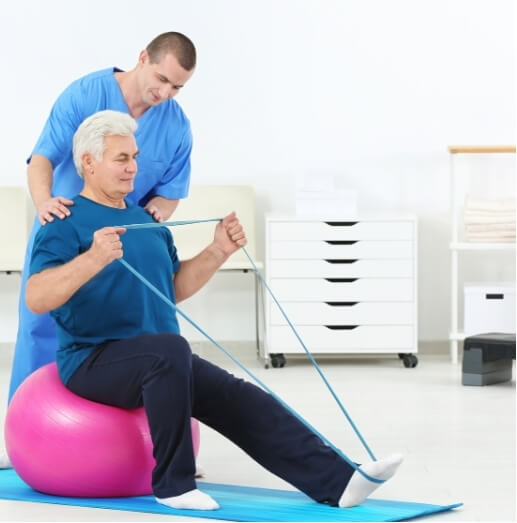
Migraines affect millions worldwide, impacting quality of life and daily functioning, making managing migraines essential for overall wellbeing.
Key Points from the Medical Approach
1. The Role of Neuromodulators Neuromodulators—initially developed to treat conditions such as epilepsy—have shown effectiveness in reducing the frequency and severity of migraines. Two commonly used neuromodulators, topiramate and sodium valproate, work by stabilising the brain’s electrical activity, helping to prevent the onset of migraines. While generally effective for many patients, neuromodulators do carry potential risks.
2. Understanding Benefits vs. Side Effects Topiramate and sodium valproate have potential side effects. For instance, topiramate may lead to cognitive effects, such as difficulty concentrating, and physical side effects like weight loss. Sodium valproate, on the other hand, can cause drowsiness, weight gain, and, in some cases, tremors. Striking the right balance between therapeutic benefits and tolerable side effects requires careful dose adjustments and close monitoring.
3. Choosing the Right Candidates for Neuromodulators Not every migraine sufferer is suited for neuromodulator therapy. Jenkins points out that these medications are usually reserved for patients with frequent, severe migraines that do not respond adequately to over-the-counter or first-line prescription treatments. A general practitioner (GP) can advise on whether neuromodulators are appropriate and monitor any required medication adjustments for optimal care.
4. The Physiotherapy Perspective: Addressing Behavioural and Environmental Factors While medication is an essential component of the migraine management model, many patients benefit from addressing lifestyle factors as well. As physiotherapists, we assist patients in managing behavioural and environmental triggers that may exacerbate migraines. Through posture correction, stress management techniques, and adjustments to daily routines, we help patients identify and minimise triggers, empowering them to take greater control over their symptoms.
5. Combination with Lifestyle Modifications Jenkins underscores the importance of pairing neuromodulator therapy with lifestyle changes to manage triggers effectively. Combining pharmacological treatment with lifestyle strategies enhances overall migraine management, resulting in better patient outcomes.
A Holistic Approach to Migraine Management
Neuromodulators are a valuable tool for preventing migraines, but they are most effective when part of a comprehensive treatment plan.
Combining individualised physiotherapy interventions with guidance from a GP can create a balanced approach to migraine care, where both medication and lifestyle changes contribute to more thorough and effective relief.
Written by:
Reference: Jenkins P. Australian Prescriber. Neuromodulators for the prevention of migraine. Available at Australian Prescriber.
Disclaimer: This blog is for informational purposes only and is not a substitute for professional medical advice, diagnosis, or treatment. Always seek the advice of your healthcare provider with any questions you may have regarding a medical condition or treatment. Never disregard professional advice or delay seeking it based on information you have read here.








